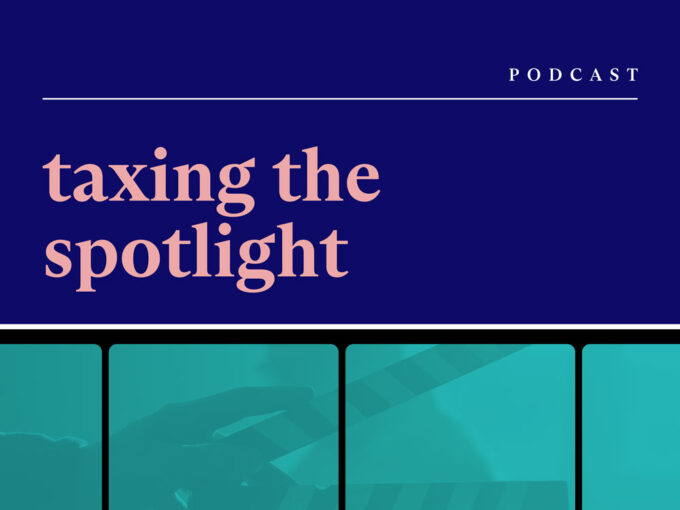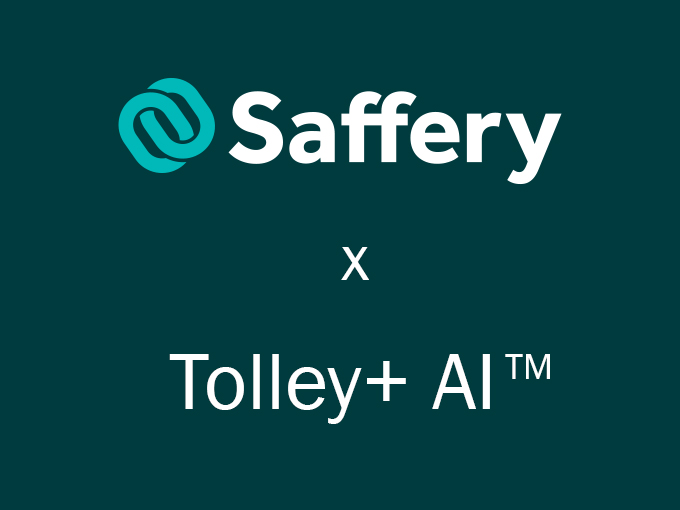The Making Tax Digital for income tax (MTD ITSA) programme has been surrounded by delays and complications since its inception in 2015, with the result that the question on the minds of many taxpayers has probably been ‘will this ever come in at all?’ rather than ‘does this apply to me and what should I be doing to get ready?’.
At the Autumn Budget 2024 the Labour government confirmed its commitment to delivering MTD ITSA, and at the Spring Statement 2025 further announcements were made about its implementation. Given that lots of taxpayers will be required to use MTD ITSA from April 2026 you need to ensure you’re prepared.
The requirements in brief
The basics of MTD ITSA are unchanged from the initial consultations in 2016. Affected businesses (sole traders and landlords) will have to keep digital records of income and expenses and report information quarterly to HM Revenue & Customs (HMRC), as well as making a year-end submission (equivalent to their current tax return) which will include any other income as well as their final business profit/loss.
Quarterly reports will have to be made through ‘MTD-compatible software’, with digital links between the underlying records and the software making the submissions. This will reduce the need for information to be re-keyed, reducing errors and – according to HMRC’s projections – helping to close the UK’s Tax Gap.
What has changed over the life of the programme is the start date for the new regime and confirmation of exactly who is in and out. Legislation is in place confirming that:
- Individuals with trading and/or property income over £50,000 a year will come within the MTD ITSA regime from 6 April 2026, and
- Those with such income over £30,000 a year will follow a year later.
The government announced at the Spring Statement 2025 that sole traders and landlords with annual business and/or property income over £20,000 will be required to use MTD ITSA from 6 April 2028. The government also said that it would explore how the benefits of digitalisation can be extended to those with under £20,000 of such income.
When considering the thresholds, it is income, not profit, that matters, and if you have multiple (relevant) sources of income – such as a trade and a rental property – you need to combine the income from them all when working out whether you breach the threshold.
You do not, though, combine income sources when it comes to actually keeping digital records and making quarterly submissions: each needs to be recorded and reported separately.
At the Spring Statement it was also announced that year-end submissions will have to be made using MTD-compatible software, as HMRC’s online filing service will not be available.
How to prepare
If you’re likely to fall within MTD ITSA from April 2026 (or 2027/2028) then your first consideration should be whether you have suitable digital records in place. This will very much depend on how you keep your business records currently. If you already use accounting software, the transition is likely to be relatively smooth. If you do not, then finding a suitable record-keeping solution should be your first step.
If you have multiple sources of income, make sure that you know how you will deal with the records from each. This does not necessarily mean that you have to use the same system for everything – the right solution will depend on your particular circumstances and types of income.
If you have an agent, the record-keeping software you use does not necessarily need to be ‘MTD-compatible’; your agent may be able to import data from your existing system into their own MTD-compatible software and make submissions on your behalf. You can also opt for your agent (or a separate bookkeeper) to keep digital records on your behalf.
Next steps
You can start to keep digital records at any point, and we recommend doing this ahead of your MTD ITSA start date to allow you to get used to the record-keeping mechanism.
If you have an agent, you should also discuss with them how to approach both the record-keeping and the quarterly reporting requirements ahead of your mandation date. There is no requirement to analyse your quarterly figures and make any tax or accounting adjustments, these can wait until the year-end, but it might be beneficial. Looking at the quarterly figures in more detail could give you a heads up on potential issues, but is likely to come at an increased cost. Depending on your software choice, you could also opt to submit quarterly reports yourself, and then pass relevant information to your agent for your year-end filing.
HMRC is running a pilot of quarterly reporting. As you get closer to your mandation date, HMRC will confirm that you fall into the regime and will need to register for MTD ITSA.
Some complexities
The transition to MTD ITSA remains very complex, and it will be challenging for HMRC to deliver by the April 2026 deadline. Some particular issues that taxpayers may need to get to grips with between now and then include:
- Digital record-keeping where a property is jointly owned. Taxpayers with income from jointly owned property will be able to opt to use simplified digital records and/or not submit quarterly expenses information in respect of the jointly owned properties. These easements will not apply to any properties held in sole ownership, so anyone holding properties both solely and jointly will need to make sure that they understand what needs to be reported and when.
- How quarterly reporting will interact with the changes to basis periods. This is a particular issue where a business does not have an accounting period aligned to the tax year, in which case it will need to apportion profits from more than one period to arrive at the profit or loss for the year. The interaction causes some complexity, so we would recommend that wherever possible you move to an accounting period aligned to the tax year to avoid this. Changing accounting date isn’t always possible, though, and HMRC has said that it is working with software developers to minimise the impact for any taxpayers who need to keep their existing year end.
Partnerships and companies
MTD ITSA currently only applies to individuals with income over the relevant thresholds. It has always been HMRC’s intention to widen this out to partnerships, but exactly when and how this will happen, is currently unclear. It had also been intended to roll MTD out to companies, however in HMRC’s Transformation Roadmap published on 21 July 2025, it confirmed that it no longer intends to introduce MTD for companies.
In summary
It’s useful that the Labour government has confirmed its commitment to MTD ITSA and the previously announced start dates, but HMRC has lots to do to ensure its systems and taxpayers are ready for these significant changes. If you’re affected, you have time to understand what will be required and to get to grips with any complexities. We recommend starting soon to make the transition to the new regime as smooth as possible.
If you have any questions on MTD ITSA, please get in touch with your usual Saffery contact.
Contact us
Partner, Edinburgh
Key experience










